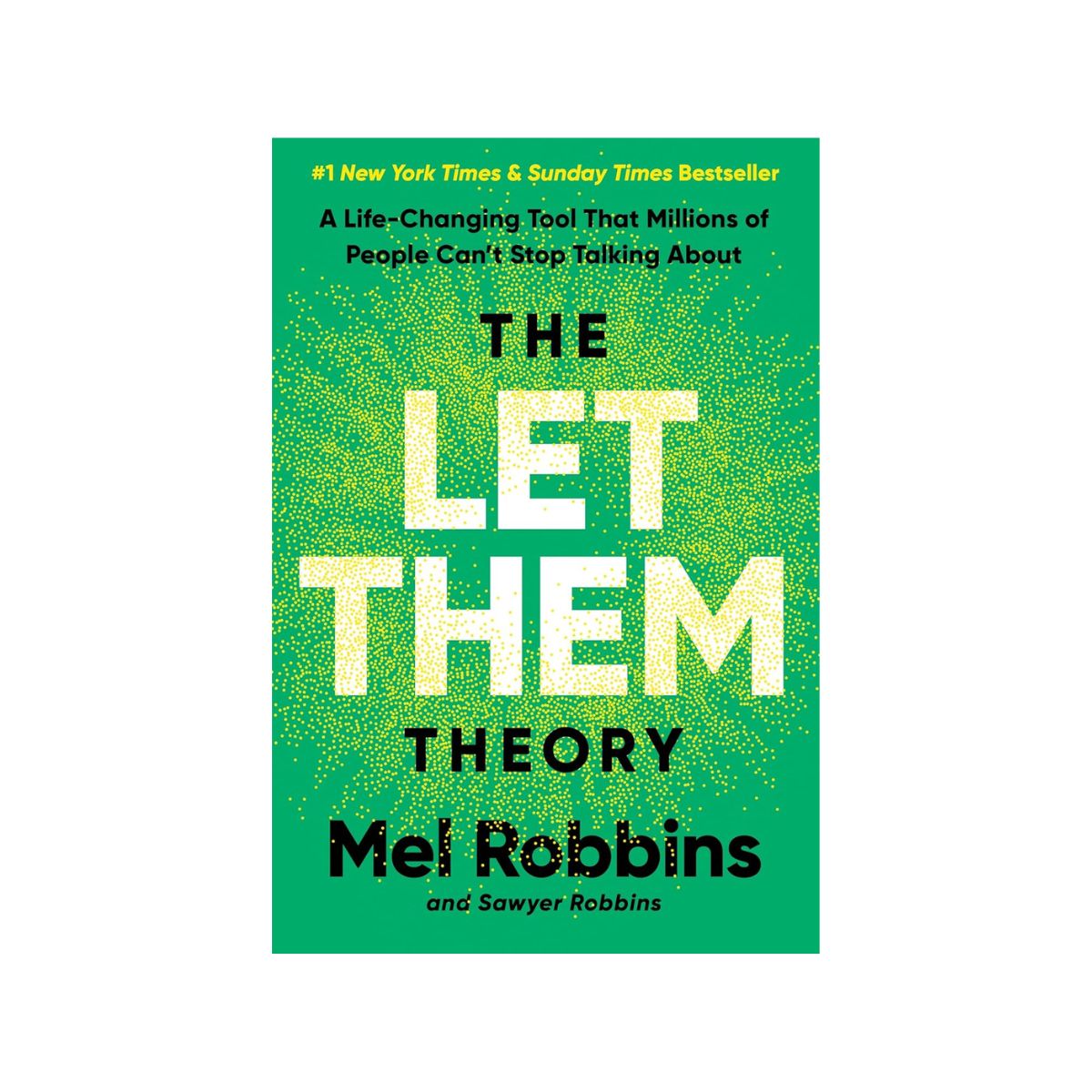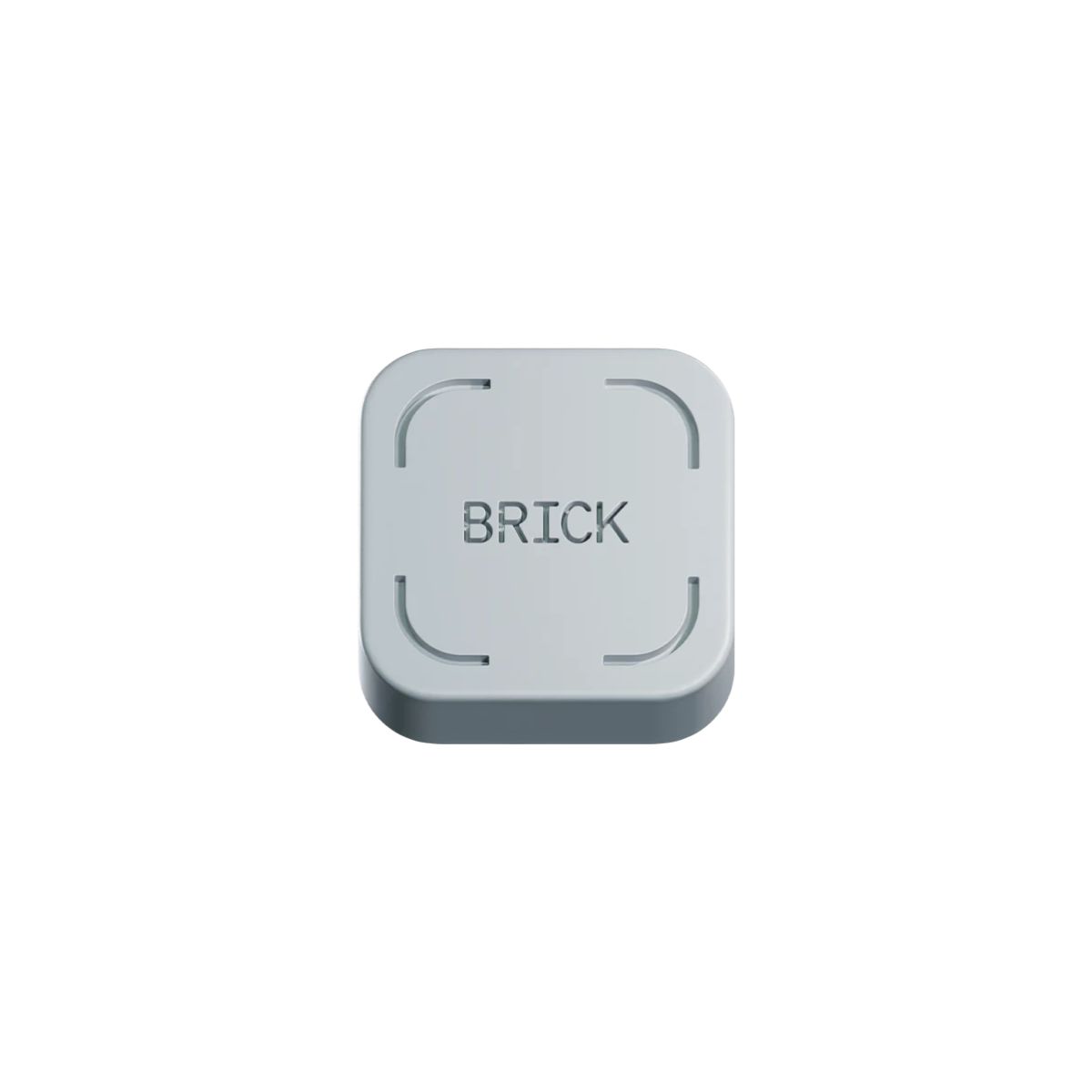I Tried a Weekly “Brain Dump” After Seeing Mel Robbins Rave About Them – and Wow, They're a Productivity Gamechanger
Overthinkers, rejoice.


Imagine, if you can, the sound of a hundred bees buzzing around a honeypot - a low, constant hum of activity that blurs into background noise.
To put it bluntly, that’s how my brain sounds most days. I’m one of life’s “thought daughters” (to borrow a phrase from TikTok): my mind constantly alive with ideas, to-do lists, calendar reminders, anxieties, and half-remembered appointments. Sometimes I genuinely marvel at my ability to overthink just about anything, and catch myself wondering how many thoughts must zip through my brain in a single day (see? Trademark overthinker).
More often than not, that mental chatter overwhelms me. I end up caught somewhere between procrastination and distraction, unable to focus on a single task or even the conversation happening right in front of me.
I’d never wish a noisy mind on anyone, but judging by the 40 million followers of the woman at the centre of this story, I’m guessing I’m not alone in my thought party.
I first fell for Mel Robbins while listening to her podcast at the end of last year, before, like everyone else, diving into her best-selling book The Let Them Theory a few months later. Self-help, but of the no-nonsense variety, Robbins’s shtick is helping ordinary people get unstuck. She breaks down how the brain works, teaches you to take control of your habits, and offers practical, straightforward tools to transform your mindset. There’s no fluff, and no room for overthinking (trust me, I’ve tried).
Since applying the Let Them Theory to my own life, I’ve noticed a huge drop in stress levels and far fewer emotional reactions to other people’s behaviour. I'd also read other MC UK staffers try - and rave about - her viral morning routine and nighttime routine. So it got me thinking: if Robbins’ methods were this highly rated, how much could I boost my own wellbeing by trying another? The method I had in mind: kicking off every week with a “brain dump” to clear my mind, beat overwhelm and boost focus, which she mentioned in a February podcast episode.
Curious to know how I got on? Read on. And if you’re in the mood to explore other ways to harness the power of your mind, check out our guides to gratitude journaling, training your brain to enjoy exercise, and TikTok’s monthly curriculum trend. Plus, find out what happened when one writer tried the neuroscientist-approved DOSE method.
Celebrity news, beauty, fashion advice, and fascinating features, delivered straight to your inbox!
I Tried Brain Dumping Like Mel Robbins’ For Two Weeks - And Can Confirm, It’s A Productivity Gamechanger
What is a brain dump?
“It’s the equivalent of mental vomiting,” Robbins said on her podcast. And she’s right. Unlike a to-do list, a brain dump doesn’t have a prescribed structure or agenda attached to it. In fact, there’s no pressure to ‘do’ any of the things on your list at all.
“The goal is simply to remove the internal clutter by moving it externally onto a piece of paper,” explains psychotherapist Lauren Young. “This could include tasks, worries, ideas, commitments or even incomplete thoughts.”
Perfectionists, be warned, this list is likely to be random. That’s the point.
What are the benefits of a brain dump?
1. It frees up brain space
A big fan of a simile, Robbins likens brain dumping to a mental spray tan. “I feel ten years younger and five pounds lighter,” she jokes during the episode.
Though a tongue-in-cheek example, her point lands. Because research shows that writing things down frees up cognitive resources in our brain, which increases our capacity to learn and memorise new information. “Like a computer with too many tabs open, juggling too many thoughts overloads our system, which can leave us feeling distracted and mentally fatigued,” says neurology doctor and neuroscientist, Dr Faye Begeti.
Putting our thoughts down on paper via a brain dump creates an off-site storage system which really does lighten our mental load, says Dr Begeti. “The process frees up the pre-frontal cortex, the part of our brain responsible for attention, working memory and complex decision-making. Rather than just holding onto information, it then has room to focus on problem-solving,” she explains.
2. It helps you to process emotions
Brain dumping can help us emotionally, too, particularly when it comes to managing anxiety. In fact, a study published in the British Journal of General Practice advocated for it to be used as a more accessible (and less daunting) alternative to talking therapy, especially for those who struggle to express their feelings.
That’s because, as Young explains, “externalising our thoughts on paper interrupts rumination,” which is the cycle of replaying negative thoughts, feelings or worries without resolution - something I’m sure many of us can relate to.
Dr Begeti agrees. “When we write things down, we move out of the emotional, reactive part of our brain, into the rational and executive part of our brain (the prefrontal cortex), which allows us to organise and process our emotions, rather than simply be driven by them,” she explains.
3. Prioritisation becomes easier
Speaking of organisation, brain dumping is also a highly effective tool for productivity. “99% of the stuff on my list is not going to happen this week,” Robbins tells her listeners. In fact, freeing herself of all the non-urgent tasks is a core part of her brain-dump process. After the list is written, she crosses off all the things that she isn’t going to get to this week.
“Making our thoughts visible allows us to assess objectively what actually matters,” confirms Young. “You can then choose tasks consciously rather than defaulting to guilt when things inevitably aren’t completed.”
How can I brain dump effectively?
The perfectionists amongst you are probably itching for instruction right now. I know this because I’m the exact same. We want to know how we can brain dump "correctly" to ensure we get the most out of our allotted slot for mental vomiting.
Unfortunately (or fortunately), depending on how you look at it, the first rule of a brain dump is that there are no rules for a brain dump. The whole point is to purge all of your thoughts onto a page with no rhyme, reason or order.
That being said, the experts do have some tips to help you tap into your subconscious.
1. Set the scene
“Minimise distraction by finding somewhere comfortable to sit, turning off your notifications, and using a pen and paper instead of your phone,” says Young. “This helps avoid the temptation to task-switch and allows your thoughts to flow in whatever format works for you.”
2. Create a routine
“Our brains thrive on routine, so it’s worth turning brain dumping into a regular ritual,” shares Dr Begeti. “Building a consistent habit around how you process your thoughts means these patterns become stored in the brain’s autopilot systems, which helps it to work more efficiently over time.”
3. Free yourself (mindfully)
This brings us back to the second item on Robbins’ checklist - letting go of all of the jobs that you aren’t going to get to this week. “There’s real value in letting go of certain tasks,” says Dr Begeti. “We all have more on our to-do list than we have the time or mental energy for. Brain dumping helps to identify those tasks which aren’t truly important, which may need to be approached differently, or which could be delegated to someone else.”
Unlike Robbins, Begeti doesn’t fully delete items from her brain dump because, she says, “they would go back into my brain as mental clutter.” Instead, she schedules them for a future date in her diary. “That way, they’re recorded somewhere safe, my calendar will prompt me, and my brain can fully let go,” she explains.
But what if you keep "freeing yourself" of one particular task? Is there a risk of prioritisation slipping into avoidance?
“Absolutely,” says Young, “which is why it’s important to recognise what healthy prioritisation looks like. It’s about highlighting the things that aren’t in line with your current priorities, capacity or values and making a conscious decision to release them.”
In contrast, if crossing off the same task week after week leaves you feeling guilt, shame or anxiety, it might be that you’re avoiding something that really does need completing, and this is a form of avoidance. Being able to spot the difference will help you to free yourself in a healthy and mindful way.
I Practiced Brain Dumping For Two Weeks - My Productivity? It Skyrocketed
Week One
I’ve always been a fan of a list; the notes section of my phone is evidence of that. Shopping lists, work schedules and appointments live amongst poems, passwords and rehearsed text messages in a highly girl-coded digital diary.
But committed to reaping the full benefits of the brain dump, I started my trial on the first page of a fresh journal (the Scéne Society Indie notebook for those who love chic stationery).

Creating a comfortable physical environment is the first step to a successful brain dump
It was a Monday morning, I hadn’t yet opened my laptop, and I was sitting comfortably on my sofa, coffee in hand. At first, the thoughts just didn’t flow. “What am I thinking about?” I asked myself. “Why do I suddenly have no thoughts?”
It was a classic case of stage fright. The sudden pressure to conjure up the inner whirrings of my brain had sent my mind blank. So, I took the pressure off. I wrote down the simplest, most obvious task I had to get done that morning. From there, my pen started to move, and before I knew it, I’d filled an entire A5 page with things that needed to be done that week.
I was shocked at just how much I had swimming around up there. It wasn’t just the obvious work-related things, like writing three bylines and sending off emails to experts I was interviewing later in the month. There were also reminders to pack for flights, record my expenses, reply to friends’ texts and reorganise my wardrobe.
Once I’d exhausted my list, I did genuinely feel lighter. It was like my mind had been hoovered, all the dust brushed off, and the cogs now whirring more efficiently. From there, I did as Robbins does, and crossed off around 75% of the list - all things which weren’t a priority, leaving me with my most pressing tasks that I could then focus on without so much internal distraction.
By the afternoon, I found myself adding fresh items to the list, noting them down every time I found myself spiralling into procrastination. It felt like hitting a mental reset, a way of breaking a cycle of inactivity by forcing myself to become conscious of the things weighing me down.
Throughout the week, my brain dumps became more frequent and by Friday, there were four full pages of tasks - some of which were complete and some of which weren’t. Usually, I’d feel guilty about everything I didn’t get to, but this time I didn’t because I could clearly see that the essentials had all been ticked.
Week Two
By week two, I decided to give Robbins’ categorisation system a go. She splits her brain dump into different lists labelled work, home and personal. Unsurprisingly, my work list was the longest and usually, the most critical. But there were also dreaded home tasks on there, such as making an inroad into my laundry pile before I truly did run out of underwear. It’s something I usually put off and then feel stressed about when I have to wear uncomfortable knickers. By writing it down, I felt more accountable for it and could allocate time well in advance of the knicker-deadline to get it done.
Over the week, my lists started to merge, and I didn’t keep strictly to the three categories. Personally, I actually preferred having one big brain dump, rather than distinct sections, because it allowed my mind to flow more freely and prevented me from overthinking which things belonged in which section.

Over the two weeks, Ashleigh started brain dumping whenever she could - at home, on the move and at work
By the end of the two weeks, I can confidently say I’ve become addicted to brain dumping. I’d suggest thinking of it less as one weekly dump and more as a continuous, ever-growing filing system which you can add to whenever you feel that you need to. Sure, starting afresh every Monday nicely punctuates the habit, helping you to leave behind the previous week and re-evaluate your priorities for the days ahead, but don’t feel that you have to rigidly stick to specific brain dump time slots.
As a now fully signed-up member of the brain dump club, I’ve already made a start on implementing the other items on Robbins’ 7-day reset checklist, including planning one meal and scheduling in one workout per week. So far, my productivity has surged, and my brain is thanking me.
Shop The Let Them Theory now:
Should I brain dump more than once a week?
Absolutely, if that feels right for you. “You can brain dump whenever you feel mentally overloaded,” says neurology doctor and neuroscientist, Dr Faye Begeti. “Our brains don’t always release thoughts on demand, so it’s helpful to keep a notebook, or use a notes app on your phone, to jot things down as they come to you throughout the day. That way, you’re continuously clearing small bits of mental clutter rather than waiting for it to pile up.”
Psychotherapist Lauren Young agrees. “The best time to brain dump is very personal, but it tends to be most helpful when you have uninterrupted space to think.”
Young, like Robbins, says that the beginning of the week works well because it helps create a sense of control before the influx of information, demands and distractions.
Dr Begeti, on the other hand, prefers to clear out her mind at the end of the working week, as this helps her to switch off and recharge at the weekend.
Ultimately, the choice of when to brain dump is yours, and it’s a process of trial and error to find what works for you.

A former heptathlete, Ashleigh is a freelance journalist, specialising in women’s health, wellbeing and lifestyle, with words in Stylist, Cosmopolitan, Glamour and Marie Claire. She’s also the Co-Founder of Sunnie Runners, an inclusive London based run club.


